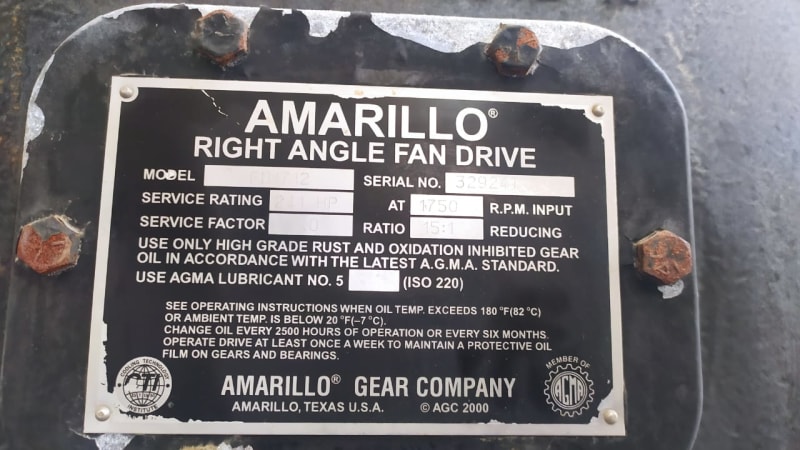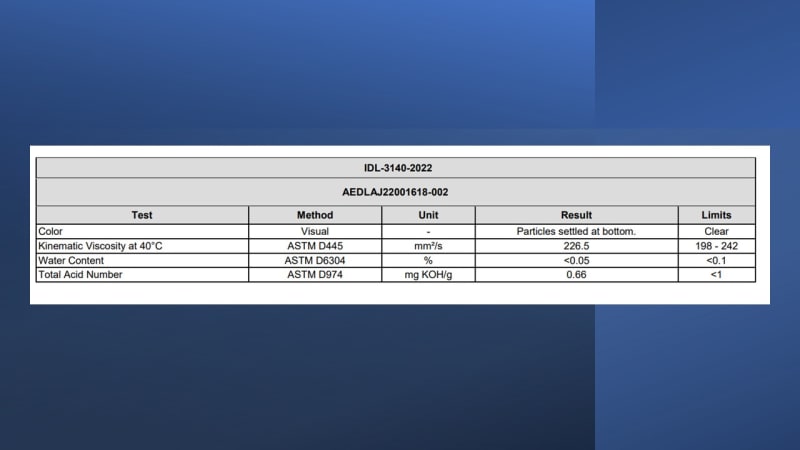The oil change frequency will depend on the type of oil and the "load" on the oil during use. That means that frequencies given by the manufacturer are just a figure to start with - in practice the useful life of the oil might be lower or larger depending on operating conditions.
In this particular case a rather simple R&O oil is recommended - a oil that gives protection against rust and oxidation but normally does not contain anti wear or EP additives.
In practice the allowable change interval will depend on the operating conditions and can be both shorter and longer then recommended. Usually gear manufacturers are rather prudent with their recommendations because they cannot always foresee what the operating conditions are in a particular situation.
If you want to base your oil change interval on lube oil analysis, there are are a few things that need to be checked: viscosity, TAN, water content, wear elements, FTIR analysis and maybe a cleanliness test. Ingress of water in the lubricant should be avoided if at all possible, since it may lead to higher wear, corrosion and because it works as a catalyst on oil oxidation.
The generation of iron and steel wear metals in gears is unavoidable, but the harm they can do can be kept in check by incorporating a magnetic element in the reservoir preventing continuous circulation to a large extend. It thus pays to keep the oil "dry and clean".
The oil itself can "wear" also: especially at higher operating temperatures parts of the oil may be prone to oxidation, which can result in oil thickening, darkening of the oil and the forming of deposits (lacquer) and sludge(oxidised oil mixed with water).
The analysis figures reported do not indicate that the oil needs to be changed. But if you want some more information on the condition of the oil and whether a oil change is recommended some additional testing may be appropriate. You better discuss the matter with the lab that does the analysing to find out what additional testing might be useful in your particular case.




